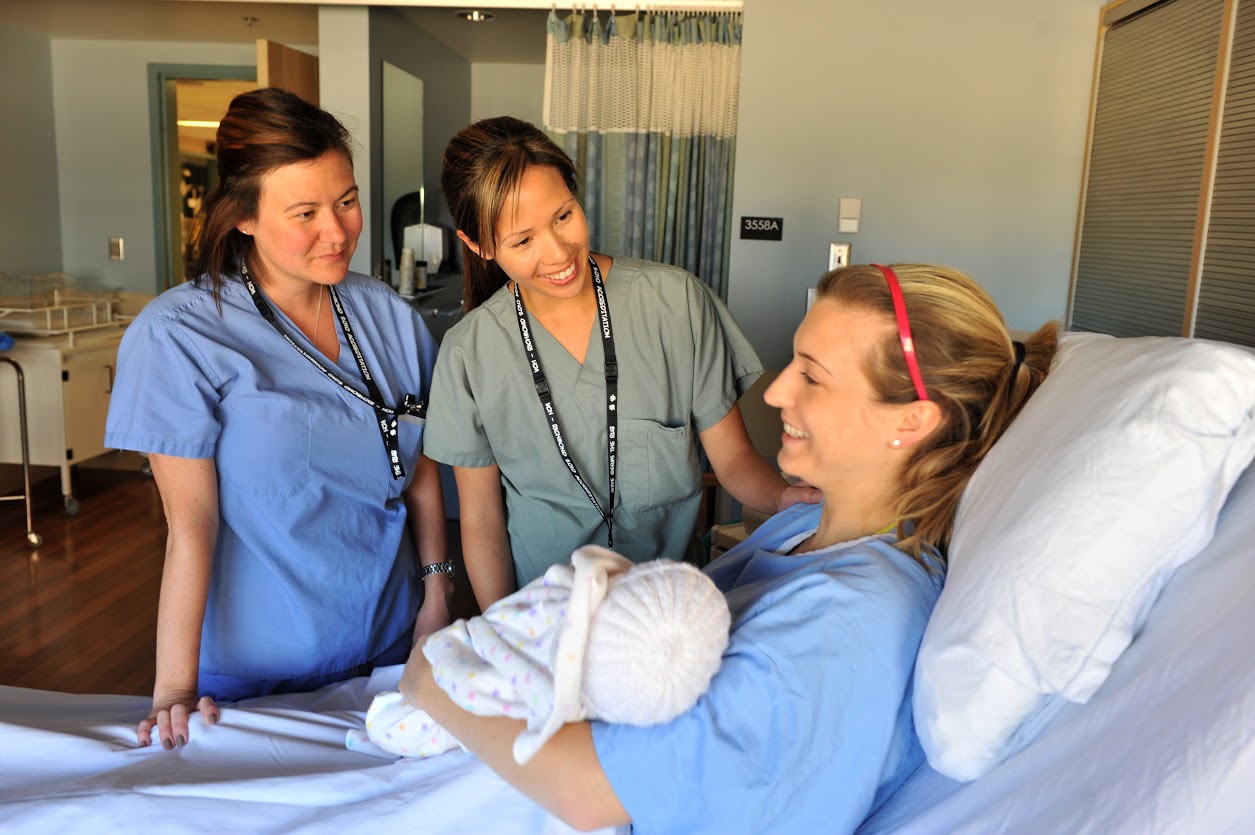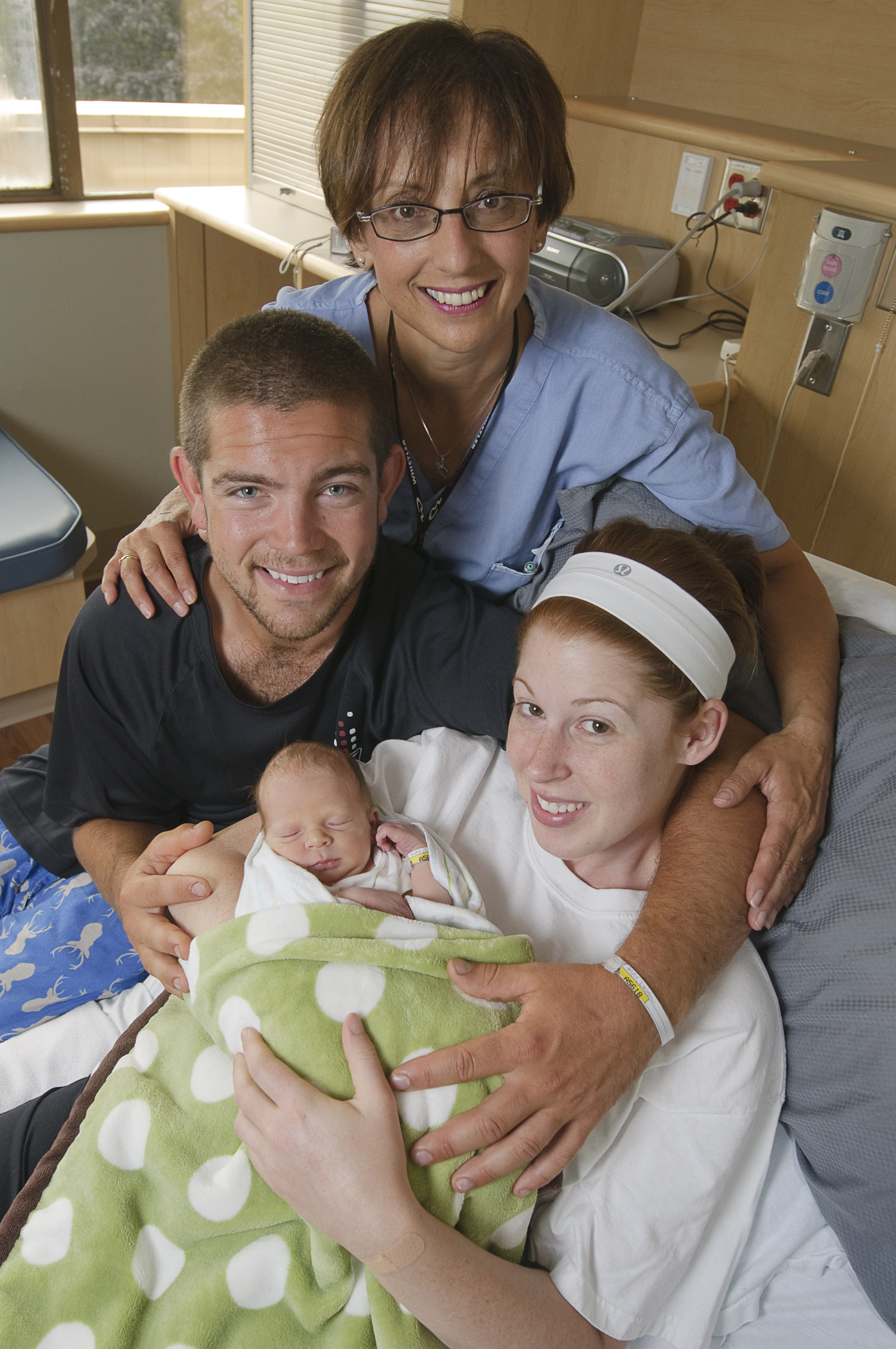Have you compared your data to the provincial average or to your peer group? How do you compare to other hospitals? Can your site improve on any areas? What are other sites doing well? Can you learn from them?
These are questions you can answer with the
Facility-Level Indicators that Perinatal Services BC has been publishing on the website for the last three years. Hospitals with planned maternity services and health authorities can use the information from the maternal and neonatal indicators to identify and monitor quality improvement and safety initiatives.
Rates for each hospital are presented alongside the rate for its peer group (facilities with similar delivery volumes) and the provincial rate. If the rate for a facility is significantly higher or lower than the provincial rate for that year, it will be indicated with a symbol. This is valuable, as it could lead to the identification of possible areas for collaboration or health system improvement provincially.
Over the last 15 years, BC has had one of the highest cesarean delivery rates—and, therefore, one of the lowest vaginal delivery rates—in Canada. While there is a need for access to safe and timely cesarean delivery, achieving an optimal rate of vaginal delivery for low-risk women is a priority area of monitoring for PSBC.
Women who deliver vaginally recover quicker after birth than those who have cesarean deliveries, and newborns are less likely to be admitted to neonatal intensive care units than those born by cesarean. Benefits also extend to future pregnancies. First-time mothers account for nearly 40% of all deliveries in BC, so maternity care practices that promote vaginal delivery in first-time mothers may help decrease the overall cesarean delivery rate in BC.
Unfortunately, data for Indicator 1: Vaginal Delivery for First-Time Mothers shows that the vaginal delivery rate for first-time mothers has decreased from 73% in 2010/11 to 70% in 2014/15, thus promoting vaginal delivery remains a priority for BC. However, there are multiple hospitals in BC whose vaginal delivery rates are above the provincial average and/or have increased over the same five-year period. One of them is Richmond Hospital, who had a rate of 82% in 2014/15. We wanted to gain some insight into the hospital’s rate, so we talked to the maternity team at Richmond Hospital.

“All our leaders are part of a collective effort to build team, focus on quality issues, and solve problems together,” says Diane Bissenden, Director of Population and Family Health, Richmond, Vancouver Coastal Health. “We have a strong culture that supports normal vaginal birth.”
First, the medical and nursing team has embraced a new definition of active labour that enables the team to provide woman arriving in early labour with the education and support needed for them to return home.
When women are admitted to the birth centre, perinatal trained nurses provide them with one-to-one labour support, which increases the staff's capacity to support patients through the challenges of labor and giving birth. Nurses encourage patients to cope with labour pain with different natural interventions, such as walking, birthing balls, bathing, and pushing in different positions. They also provide emotional support and coaching to both the mother and her partner.
Research has shown that labour support in active labour reduces interventions. Richmond Hospital has Normal Labour Nurse Experts who demonstrate a consistent practice of labour support, such as regularly using Entonox and mobilization during the first stage of labour and delaying pushing, i.e. allowing labour to continue after 10 cm without expulsive effort until the woman feels the physiologic urge to do so. This passion for quality care has been further demonstrated by one of the nurses who focused her master’s research on supporting women for natural vaginal birth during the second stage of labour.
Other factors that promote a safe birth culture for the mother include minimizing the number of people entering her room when she is labouring and minimizing a change in nurse during the critical part of labour when labour has not been easy or straightforward.

The collaboration between maternity care providers and staff at Richmond Hospital is a key success factor.
“Our vision of building a strong, interprofessional collaborative team has created this culture through intentional focus on working together through relationships,” says Diane.
“Our obstetric staff support the midwife and the woman,” says another team lead. “The care providers really want women to have a vaginal birth, and they recognize that the experience is important for the woman and her ability to take on the mothering role.”

